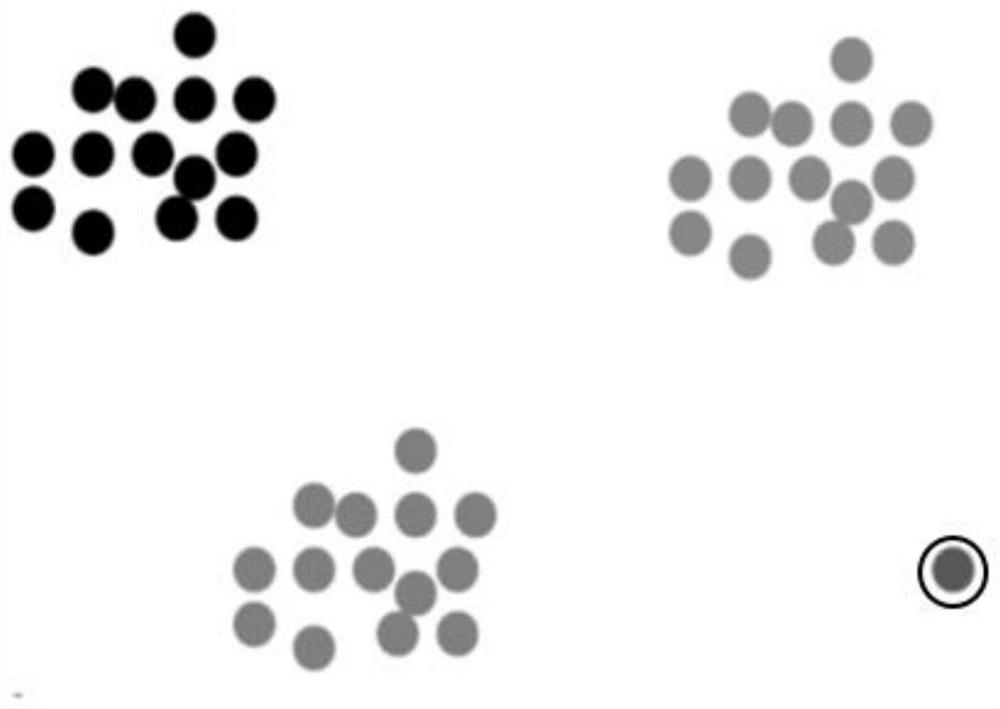Automatic shortest route planning method based on AIS data
A technology for automatic planning and routing, applied in navigation, surveying and mapping and navigation, navigation calculation tools, etc., can solve the problems of large economic and time costs, and many navigational constraints
- Summary
- Abstract
- Description
- Claims
- Application Information
AI Technical Summary
Problems solved by technology
Method used
Image
Examples
Embodiment Construction
[0057] Below in conjunction with accompanying drawing, the present invention is described in further detail, so that those skilled in the art understand:
[0058] see figure 1As shown, the embodiment of the present invention provides a method for automatic planning of the shortest route based on AIS data. Navigable Points, a matrix value that determines the global grid network, defines navigable rasters. Using the adjacency matrix combined with the global longitude and latitude distance formula, the distance calculation is performed on each navigable grid. Based on the ant colony algorithm and the calculated adjacency matrix, find the optimal distance from the starting point to the end point, and output the planned route. Since the route planned for the first time is obtained based on the grid network, and the output route has many turning points, it is necessary to re-plan the design route in line with the actual habits according to the crew's habit of planning routes. The...
PUM
 Login to View More
Login to View More Abstract
Description
Claims
Application Information
 Login to View More
Login to View More - R&D
- Intellectual Property
- Life Sciences
- Materials
- Tech Scout
- Unparalleled Data Quality
- Higher Quality Content
- 60% Fewer Hallucinations
Browse by: Latest US Patents, China's latest patents, Technical Efficacy Thesaurus, Application Domain, Technology Topic, Popular Technical Reports.
© 2025 PatSnap. All rights reserved.Legal|Privacy policy|Modern Slavery Act Transparency Statement|Sitemap|About US| Contact US: help@patsnap.com



